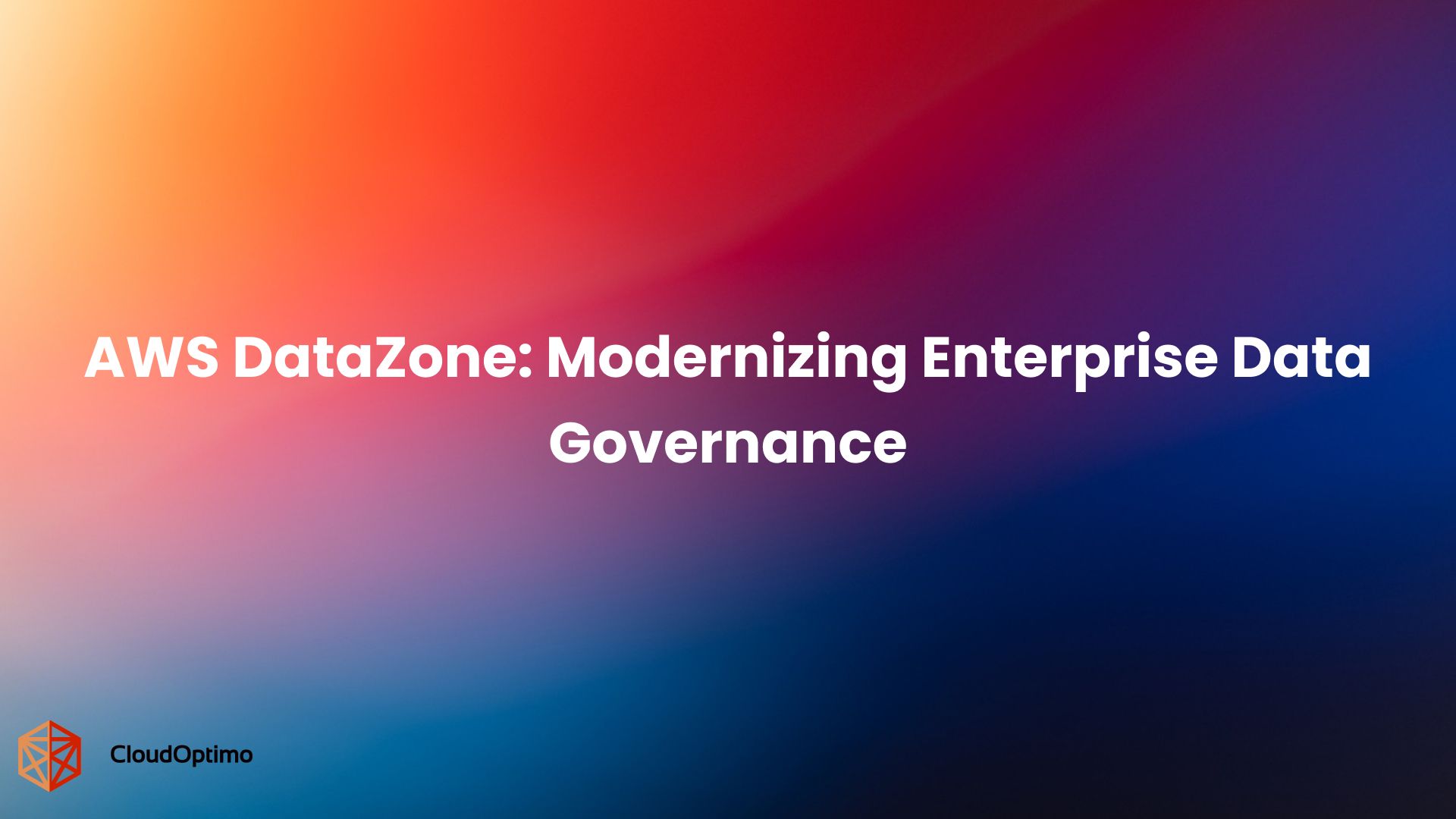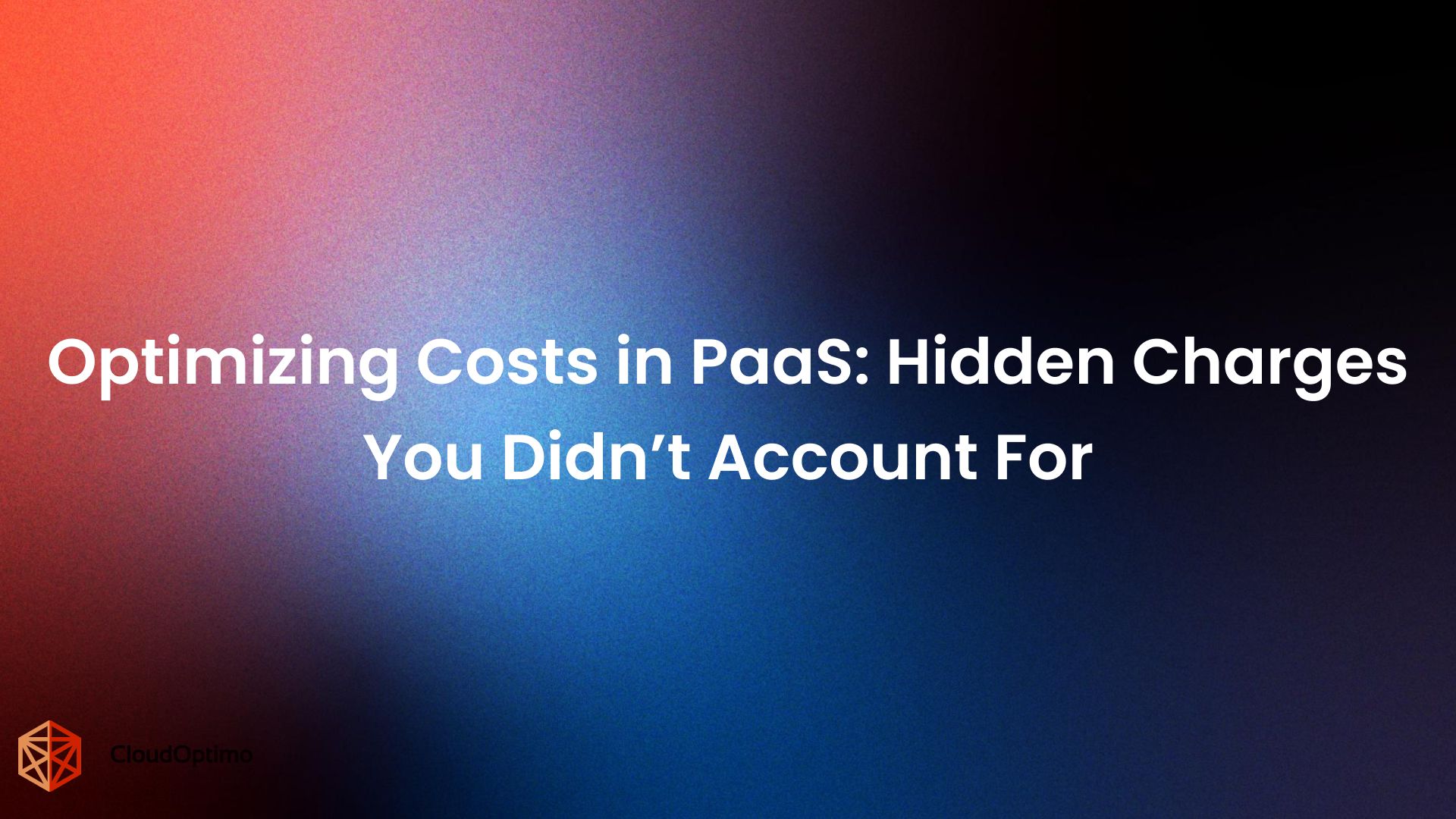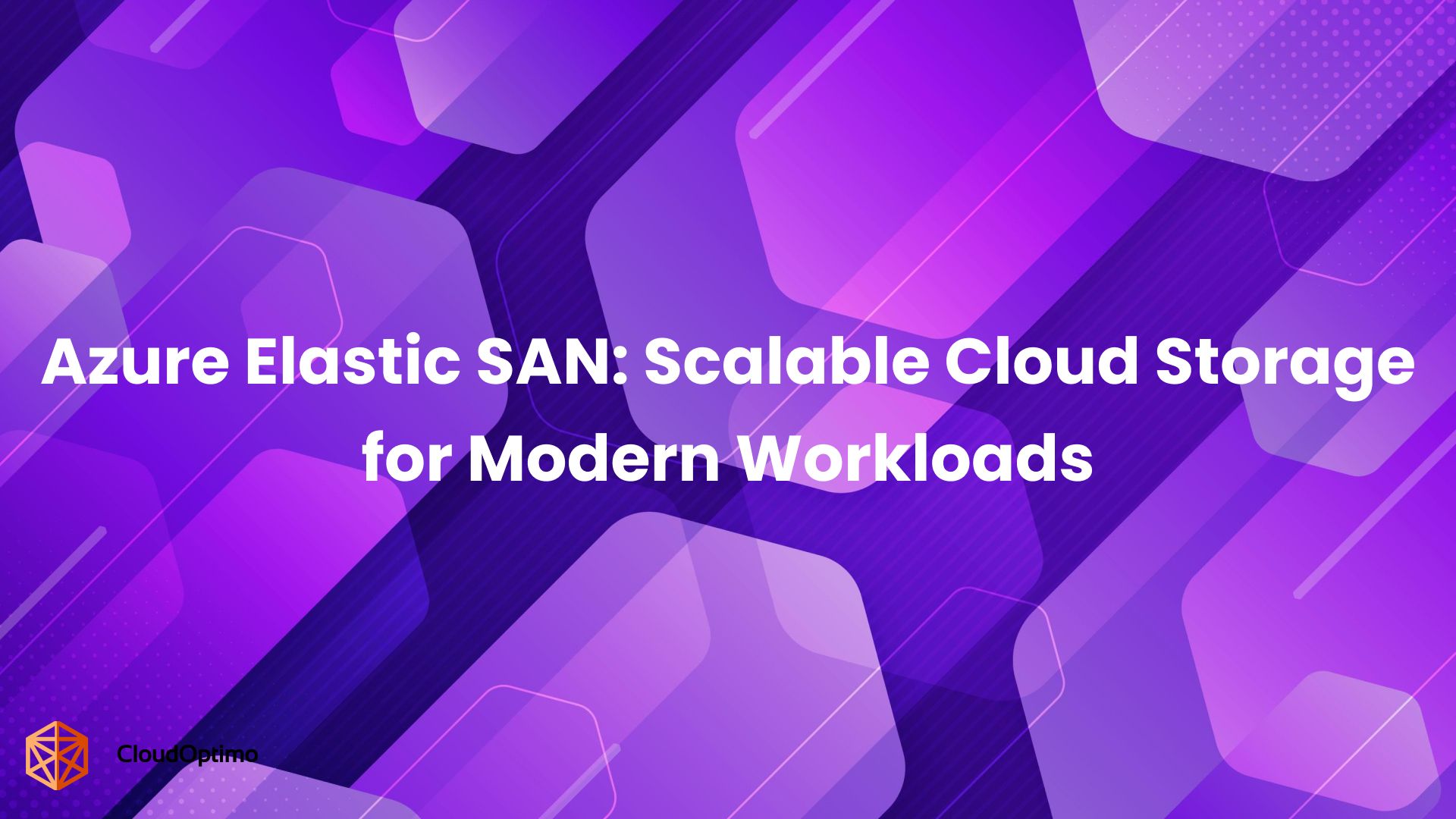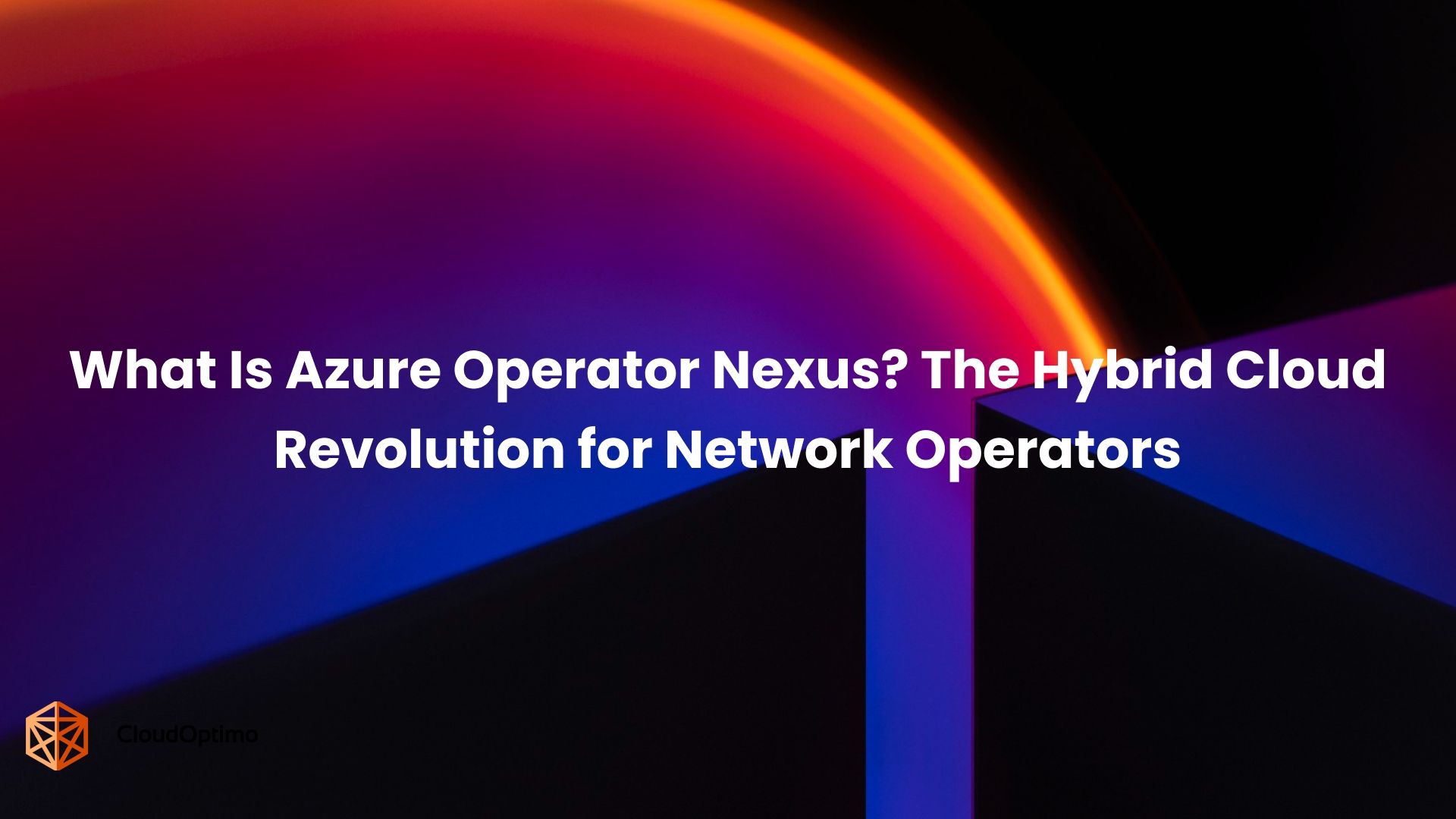Introduction
In today's data-driven world, organizations constantly accumulate vast amounts of information. Extracting insights and value from this "big data" requires robust processing frameworks. Amazon Elastic MapReduce (EMR) stands out as a leading cloud-based service for running big data analytics on platforms like Apache Spark, Apache Hive, and Presto.
However, cost optimization remains a critical concern for cloud users. Understanding the complexities of AWS EMR pricing is essential for ensuring cost-effective big data processing. This blog post delves deep into the various pricing aspects of EMR, empowering you to make informed decisions and optimize your big data workloads on AWS.
Core Principles of AWS EMR Pricing
- Per-Second Billing: EMR utilizes a pay-as-you-go model, billing you for compute resources by the second, with a one-minute minimum charge. This means you only pay for the exact duration your cluster is active, regardless of size.
- Linear Scaling Costs: EMR pricing scales linearly. A 10-node cluster running for an hour incurs the same cost as a 100-node cluster running for six minutes. This simplifies cost estimation and encourages efficient cluster utilization.
- Independent of Data Size: EMR pricing doesn't directly depend on the amount of data you process. You're charged for the cluster resources used, not the data volume itself. However, larger datasets may require longer processing times and larger clusters, which would naturally incur higher costs.
- Separate EMR Service Fee: In addition to the compute resource charges, there is an additional EMR service fee. This fee varies depending on the underlying EC2 instance type used in your cluster.
Key Factors Influencing AWS EMR Costs

Several factors contribute to your overall EMR bill. Here's a breakdown of the primary cost drivers:
Deployment Option
EMR offers two primary deployment options – EC2 and EKS (Elastic Kubernetes Service).
- EC2-Based Deployment (Traditional): This is the traditional approach where EMR leverages on-demand EC2 instances for cluster compute power. You're charged for both the EC2 instances and the EMR service itself. The cost of EC2 instances varies based on instance type (vCPU, memory, storage), region, and purchase option (On-Demand, Reserved Instances, Spot Instances).
- EKS-Based Deployment (Containerized): EMR can also be deployed on Amazon EKS containers, offering a more containerized approach. Here, you have two deployment models:
- EKS on EC2: You pay for the underlying EC2 instances, with additional charges for EMR and a one-time fee for creating a new EKS cluster.
- EKS on Fargate: This serverless option eliminates instance management overhead. Billing is based on the vCPUs and memory used by your EMR applications running on Fargate.
Cluster Configuration
The size and configuration of your EMR cluster significantly impact costs. A cluster with more nodes (master, core, and task nodes) with higher specifications (vCPU, memory) will naturally be more expensive to run compared to a smaller cluster with lower-spec machines.
EMR Service Fees
There's a separate charge for the EMR service itself, irrespective of the deployment option chosen. This cost varies depending on the instance type used for the cluster.
Storage Costs
Any additional storage utilized beyond the default temporary storage on the cluster nodes incurs additional charges. This could include Amazon EBS (Elastic Block Store) volumes attached to your EC2 instances for persistent storage.
Software Licenses
While EMR itself is a managed service, any additional software licenses required for your big data processing jobs (e.g., proprietary codecs) are billed separately.
Cost Considerations for EMR Deployment Options
Having explored the core principles and cost drivers of AWS EMR, let's delve deeper into the specific pricing models offered by EMR based on the deployment option you choose:
EMR on EC2 Instances
- EC2 Instance Costs: The primary expense comes from the EC2 instances that provide the compute power for your EMR cluster. The cost is determined by:
- Instance Type: Different instance types offer varying combinations of vCPUs, memory, and storage. High-performance instances with more vCPUs and memory will naturally be more expensive than lower-spec instances. AWS provides a detailed pricing table for EC2 instances across different regions.
Instance Type vCPU Memory (GiB) On-Demand Price (USD per Hour) m5.xlarge 4 16 $0.192 c5.xlarge 4 8 $0.17 r5.xlarge 4 32 $0.252 i3.xlarge 4 32 $0.312 p3.2xlarge 8 64 $3.06 Note: This table provides a general overview of pricing tiers for common EC2 instance types used with EMR. Actual pricing will vary depending on the AWS region you choose. For the latest pricing details and specific regional variations, please refer to the official AWS EMR pricing page.
- Region: EC2 instance pricing varies depending on the AWS region where your cluster is deployed. Costs are generally lower in less congested regions.
Pricing Models: AWS offers three primary pricing models for EC2 instances:
- On-Demand Instances: This is the most flexible option, allowing you to provision and terminate instances as needed. However, on-demand instances come with the highest per-second billing rate.
- Reserved Instances: For predictable workloads with consistent resource requirements, reserved instances offer significant upfront discounts compared to on-demand instances. You can choose from various reservation terms (one-year or three-year) and purchase options (all upfront or partial upfront with hourly commitment).
- Spot Instances: These instances offer the potential for substantial cost savings (up to 90%) compared to on-demand instances. However, Spot Instances are interruptible, meaning AWS can reclaim them if the spot price rises above your bid. This makes them unsuitable for mission-critical workloads but a great option for flexible, non-critical big data processing jobs.
Factor On-Demand Instances Reserved Instances Spot Instances Pricing Model Pay per second, most flexible Upfront discount for committed use Pay per second, interruptible Cost Highest per-second rate Lower cost than on-demand Potentially lowest cost, but with interruption risk Use Case Ideal for short-term, unpredictable workloads Suitable for predictable workloads with consistent resource needs Well-suited for flexible, non-critical workloads - EMR Service Fees: In addition to the EC2 instance costs, there's an additional charge for the EMR service itself. This fee varies depending on the instance type used for your cluster. A lower-cost EC2 instance type will typically have a lower associated EMR service fee. The latest EMR service fees are on the AWS EMR pricing page.
- Storage Costs: While EMR clusters come with a default amount of ephemeral storage on the nodes, any additional storage utilized beyond this incurs separate charges. This could include:
- Amazon EBS Volumes: If you require persistent storage for your cluster data, attaching EBS volumes to your EC2 instances will incur additional costs based on the volume type (SSD or HDD), size, and IOPS (Input/Output Operations Per Second).
- Amazon S3 Storage: For data that doesn't require frequent access, storing it in Amazon S3 object storage can be a cost-effective option. S3 offers a pay-as-you-go pricing model based on the amount of data stored and retrieved.
- EC2 Instance Costs: The primary expense comes from the EC2 instances that provide the compute power for your EMR cluster. The cost is determined by:
EMR on EKS
EMR on EKS offers a containerized approach to big data processing. Here's how costs are structured:
- EKS on EC2: This model leverages underlying EC2 instances for compute power. You'll be charged for:
- EC2 Instances: The pricing follows the principles outlined in the EMR on EC2 section above. Instance type, region, and purchase option all influence costs.
- EMR Service Fees: Similar to EMR on EC2, there's a separate charge for the EMR service itself.
- EKS Cluster Fee: A one-time fee for creating a new EKS cluster is incurred.
- EKS on Fargate: This serverless option eliminates instance management overhead. Pricing is based on the vCPUs and memory utilized by your EMR applications running on Fargate. You only pay for the resources you use, making it ideal for bursty workloads.
The following table shows the factors to keep in mind for deployment options:
Factor EC2-Based Deployment EKS-Based Deployment Compute Costs EC2 instance costs (vCPU, memory, storage configuration, Region, EC2 Pricing Model) EC2 instance costs (same factors as EC2-based deployment) OR vCPU and memory usage on Fargate (serverless option) EMR Service Fees Separate charge based on EC2 instance type used Separate charge for the EMR service Additional Fees This may include storage costs (EBS volumes, S3)
Software license costs (if applicable)EKS cluster creation fee (one-time, EKS on EC2 only)
May consist storage costs (S3)
Software license costs (if applicable)- EKS on EC2: This model leverages underlying EC2 instances for compute power. You'll be charged for:
Choosing the Right EMR Pricing Model
The optimal EMR pricing model depends on your specific workload characteristics. Consider these factors when making your choice:
- Workload Type: For long-running, predictable workloads, utilizing reserved instances on EC2 can offer significant cost savings. Spot instances are better suited for flexible, non-critical workloads that can tolerate interruptions. EMR Serverless (EKS on Fargate) is ideal for short-lived, bursty workloads.
- Budget Constraints: On-demand instances offer maximum flexibility but come at a premium. Reserved instances and Spot Instances can help reduce costs but require upfront planning or acceptance of potential interruptions.
- Resource Management Expertise: Your team's expertise in managing cloud resources also plays a crucial role in choosing the right EMR pricing model.
- EC2 with On-Demand Instances: This option offers the most flexibility, but requires minimal resource management expertise. However, it's crucial to monitor resource utilization and terminate idle clusters to avoid unnecessary costs.
- EC2 with Reserved Instances or Spot Instances: These options require a deeper understanding of AWS pricing models and the ability to forecast resource requirements. You'll need to manage instance reservations or bid strategies for Spot Instances to optimize costs.
- EMR on EKS: This containerized approach requires familiarity with Kubernetes and container management tools. While offering potential cost benefits, it introduces additional complexity compared to traditional EC2 deployments.
Advanced Cost Optimization Techniques for EMR
- Savings Plans: AWS Savings Plans offer significant discounts for consistent compute resource utilization across various AWS services, including EMR. You can choose from various commitment terms and payment options to tailor a plan that aligns with your predictable big data processing needs.
- Utilize Cost Management Tools: AWS offers a range of tools for managing costs, helping you track, analyze, and optimize your cloud expenses. Tools like AWS Cost Explorer and AWS Budgets or CostSaver by CloudOptimo offer insights into your EMR usage and help identify areas for potential cost savings.
- Consider using Spot Instances with EMR: While Spot Instances offer significant cost benefits, managing them individually can be complex. CloudOptimo’s OptimoMapReducer automates the provisioning and management of Spot Instances for your EMR cluster, ensuring optimal resource utilization and cost savings.
- Optimize Cluster Configuration: Fine-tune your cluster configuration to match your workload requirements. Utilize the right instance types with the appropriate amount of vCPUs and memory to avoid overpaying for unused resources. Consider auto-scaling your cluster to adjust resource allocation based on workload demands dynamically.
- Utilize Custom AMIs (Amazon Machine Images): For frequently used EMR configurations, consider creating custom AMIs with pre-configured software and libraries. This can expedite cluster provisioning and potentially reduce instance boot times, leading to cost savings.
Real-world Use Cases for AWS EMR Pricing and Cost Optimization
Here are the scenarios with the cost-optimization strategy using Spot Instances:
Scenario 1: Optimizing a genomics research cluster
- Use Case: A research lab is using EMR to analyze large datasets of genetic data. They need to keep costs under control while ensuring their analyses run efficiently.
- Cost Optimization Strategies:
- Right-sizing Instances: Instead of using large general-purpose instances, they can switch to memory-optimized instances like R5 instances to handle the specific workloads of genomics analysis, reducing costs without impacting performance.
- Spot Instances: For non-critical analysis jobs, they can leverage EMR with Spot Instances, which offer significant cost savings by utilizing unused EC2 capacity.
- Scheduled Jobs: They can schedule EMR jobs to run during off-peak hours when Spot Instance prices are lower.
Scenario 2: Cost-effective log processing for a social media company
- Use Case: A social media company needs to process massive amounts of log data for analytics but wants to manage EMR costs effectively.
- Cost Optimization Strategies:
- EMR Serverless: They can migrate workloads to EMR Serverless, which eliminates idle cluster costs and allows them to only pay for resources used during processing.
- Auto-scaling clusters: They can configure EMR clusters to auto-scale based on the volume of log data, ensuring sufficient processing power while avoiding over-provisioning.
- Cluster Termination Policy: They can set up a cluster termination policy to automatically shut down idle clusters after a certain period of inactivity.
Scenario 3: Optimizing a marketing campaign analysis cluster
- Use Case: A marketing team uses EMR to analyze customer data for targeted marketing campaigns. They need to optimize EMR costs without affecting campaign analysis timelines.
- Cost Optimization Strategies:
- Instance Selection: Based on their workload requirements, they can choose cost-effective instance types like C5 instances that offer a good balance of price and performance for data analysis jobs.
- Spot Instances: They can consider using EMR with Spot Instances for less critical campaign analysis jobs. Spot Instances offer significant savings but come with a one-hour termination notice from AWS.
- Cost Monitoring: They can leverage AWS Cost Explorer to track EMR spending and identify areas for further optimization.
By implementing these cost-optimization strategies, businesses can significantly reduce their EMR bills without compromising on big data processing capabilities.
Conclusion
AWS EMR offers a powerful and scalable platform for big data processing. By understanding the various pricing models, cost drivers, and optimization techniques, you can make informed decisions to manage your EMR expenses effectively. Carefully evaluate your workload characteristics, budget constraints, and desired level of control when choosing the optimal pricing model. Utilize AWS's cost management tools and leverage advanced techniques like Savings Plans and OptimoMapReducer to further optimize your EMR costs. Remember, the most cost-effective EMR approach balances performance, flexibility, and resource utilization to meet your specific big data processing needs.
By adopting a strategic approach to EMR pricing, you can unlock the full potential of big data analytics on AWS while staying within your budget.





